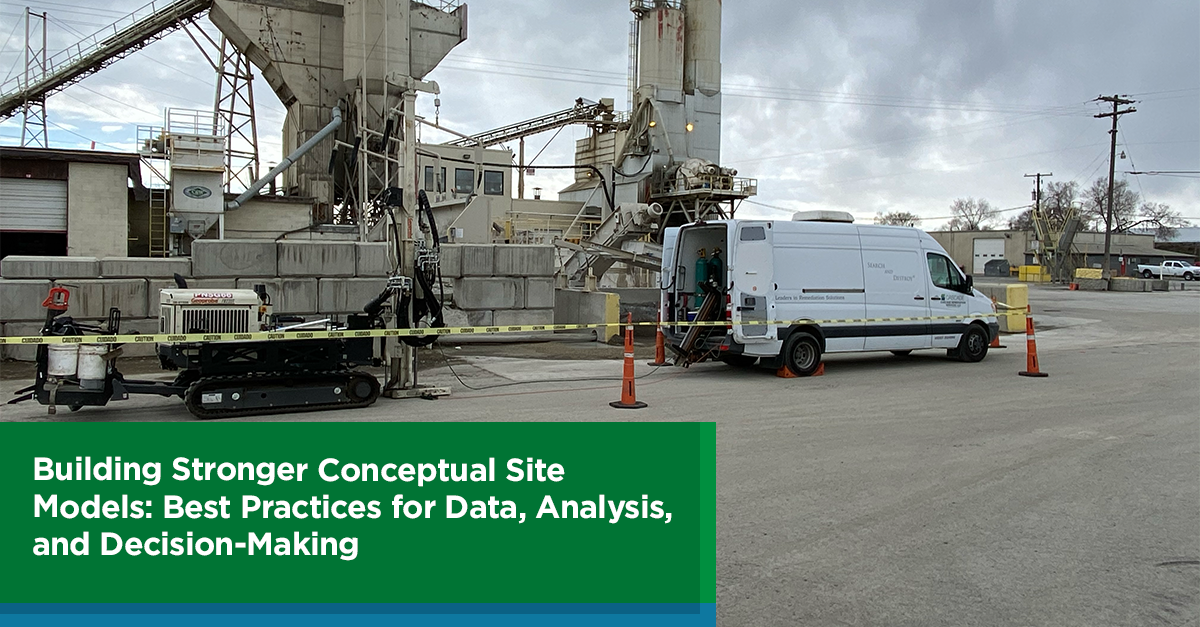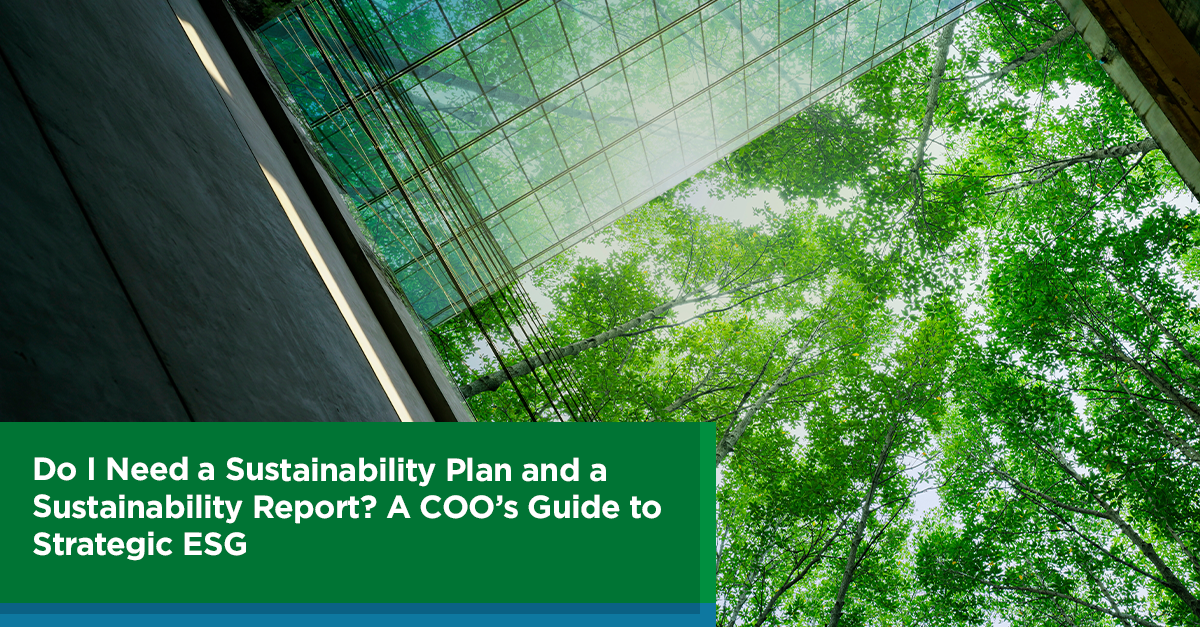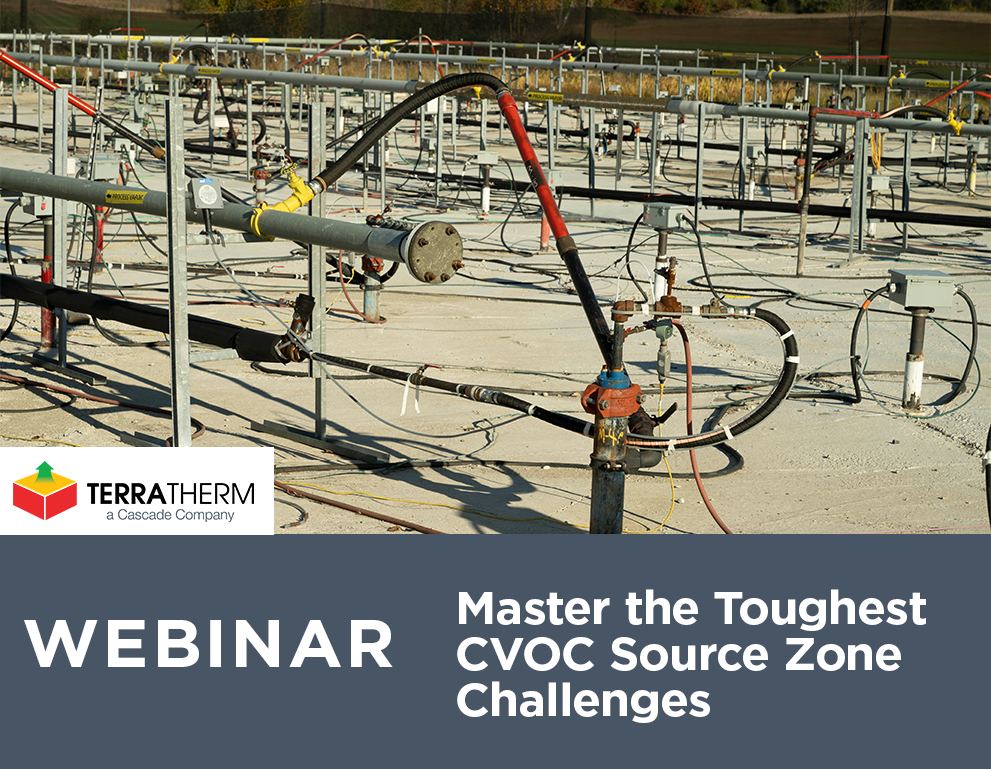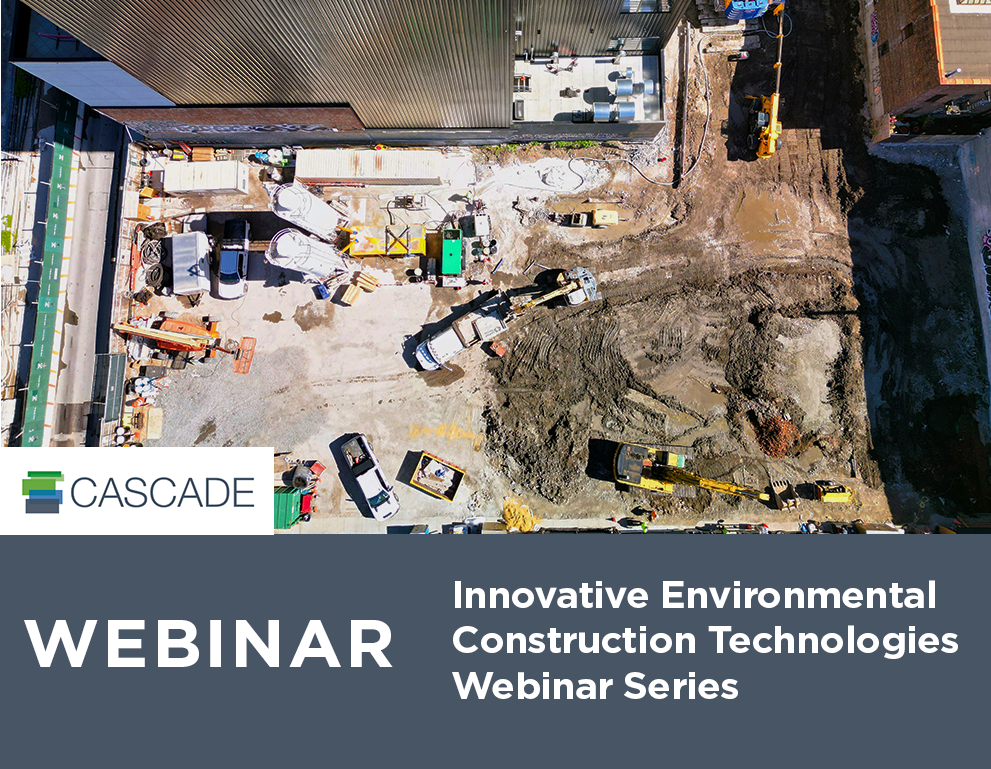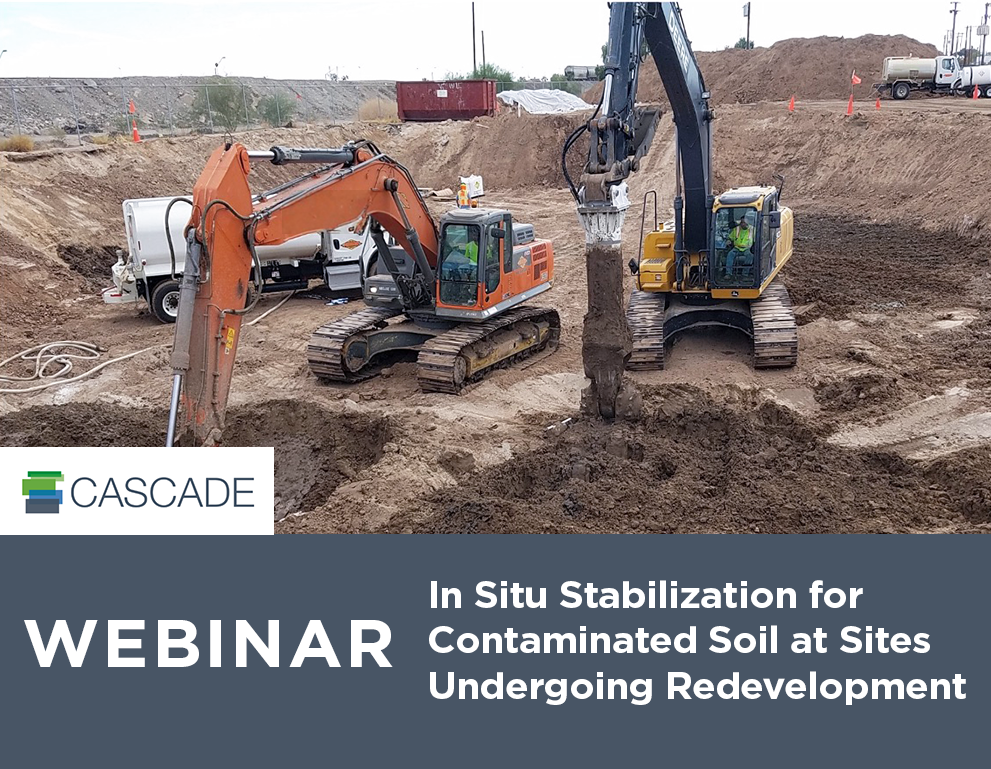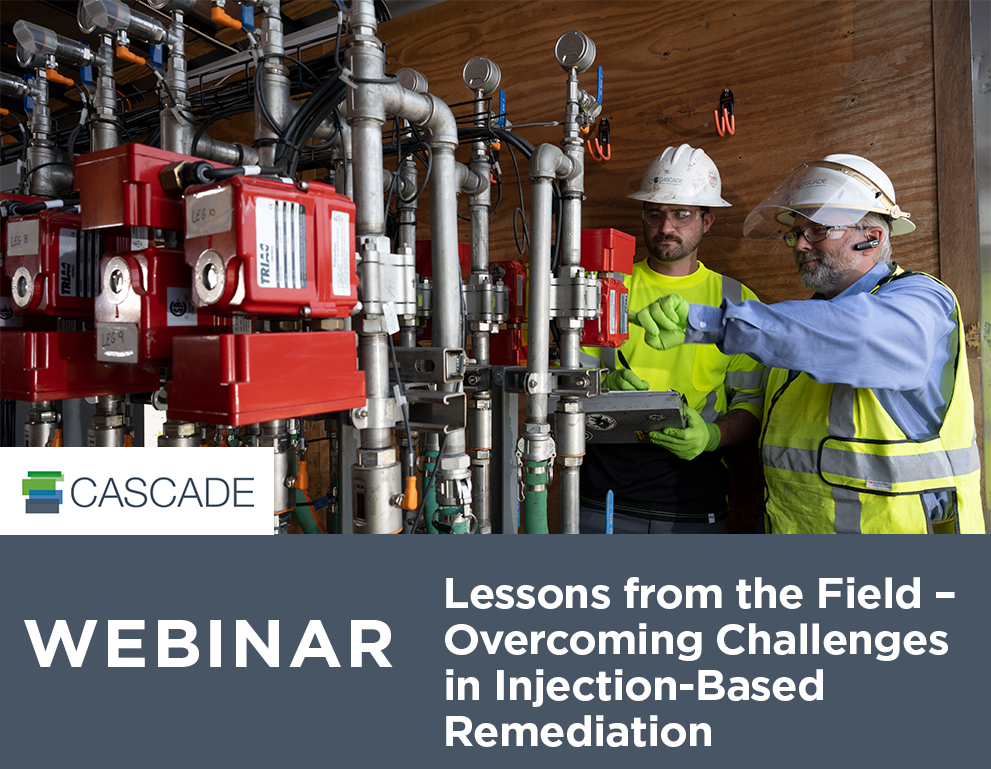Do I Need a Sustainability Plan and a Sustainability Report? A COO’s Guide to Strategic ESG
By: Sue BruningIf you’re a Chief Operating Officer without a dedicated sustainability professional on staff, you’re not alone—and you’re not off the hook. As sustainability pressures mount from clients, investors, and regulators, many leaders are asking: what exactly should we be doing? Do we need a sustainability report? A plan? Both?
Here’s the short answer:
A sustainability report is reflective. A sustainability plan is strategic. One looks back. The other looks forward. And both are critical if you want to lead your company through today’s expectations and tomorrow’s opportunities.
Let’s Break It Down
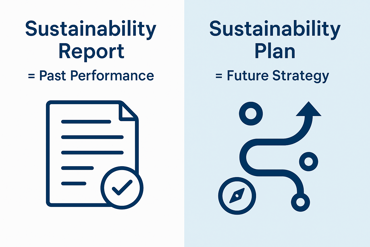
- Sustainability Report = Past Performance
Think of your sustainability report like your annual financial statement. It documents what you’ve done—your carbon emissions, safety stats, workforce diversity, and community investments. At Cascade, our 2024 Corporate Sustainability Report is built on globally recognized frameworks like GRI and SASB to ensure transparency and comparability. - Sustainability Plan = Future Strategy
A plan, on the other hand, is a roadmap. It sets clear goals and outlines the actions, resources, and timelines needed to achieve them. It also signals to clients, investors, and other stakeholders that you’re serious about managing risk, seizing opportunity, and building long-term resilience.
You can’t have one without the other—not if you’re serious about strategy.
Why Chief Operating Officers Should Care About Both
Even if sustainability isn’t your full-time job, it’s squarely in your lane as a business leader. Here’s why:
- Your clients expect it
In sectors like infrastructure, energy, and environmental services, ESG requirements are baked into procurement. Reports validate past performance. Plans show you’re investing in the future. - It influences your access to capital
Private equity firms, banks, and insurers are increasingly scrutinizing sustainability maturity. A strong report builds trust. A strategic plan sets you apart. - It shapes your workforce and culture
Today’s employees—especially early-career professionals—want to work for companies with purpose. Transparency about where you are (report) and where you’re headed (plan) helps build a thriving, engaged team. - It helps you manage risk
From regulatory changes to supply chain disruptions and extreme weather, a proactive sustainability plan can buffer your business from volatility.
Not Sure Where to Start? Try This Framework
If you’re new to sustainability or haven’t formalized your approach yet, here’s a simple structure: 
- Review sustainability reports from your industry to see how others measure and report on key ESG metrics. Use those insights to inform your own approach.
- Use those reflections to define your priorities. Where can your company lead? What risks can you mitigate? What values do you want to operationalize?
- Loop in cross-functional teams—from operations and HR to sales and compliance—and align your goals with what matters most to key stakeholders.
- Connect with sustainability practitioners to see how others are putting strategy into action. Real-world insights can help you avoid pitfalls and accelerate progress.
Let’s Make It Real
Reporting without planning is reactive. Planning without reporting is an empty promise. But together, they create a powerful cycle of accountability and improvement.
Sustainability is no longer a side conversation—it’s a strategic imperative. Whether you’re a COO leading a 50-person firm or a 5,000-person enterprise, understanding the difference between a report and a plan can unlock better decision-making, stronger partnerships, and long-term value.
Want Help Getting Started?
Visit Cascade’s Sustainability Page and download our 2024 Corporate Sustainability Report
to learn more about how we integrate sustainability into our operations—and how you can do the same.
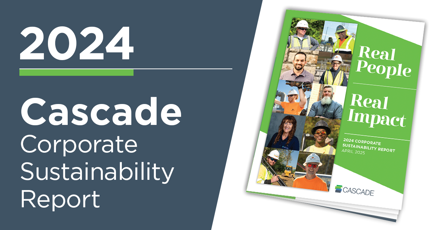
Need a roadmap? Connect with me on LinkedIn to talk strategy.
You can also take these important first steps:
- Research sustainability frameworks such as GRI, SASB, or ISO 26000 to find the right fit for your organization’s goals and reporting expectations.
- Engage your stakeholders early—from employees and clients to community partners and investors. Their input can help shape a strategy that’s both authentic and relevant.
- Conduct a materiality assessment to identify and prioritize the sustainability topics that matter most. This ensures you’re focused on actions that drive real business value and social impact.
- Connect with sustainability practitioners to see how they implement a sustainability strategy in practice. Real-world insights can help you avoid pitfalls and accelerate progress.
About the Author

Sue Bruning
VP - Client Experience & Sustainability
Cascade Environmental
[email protected]
Sue Bruning is the Vice President of Client Experience & Sustainability at Cascade and Chair of the company’s Sustainability Council. She holds degrees in Environmental Health and Business Administration, and is certified in GRI’s Sustainability Reporting Process. With more than 20 years in the environmental services industry, Sue brings a practical, transparent approach to strategic planning and ESG.



